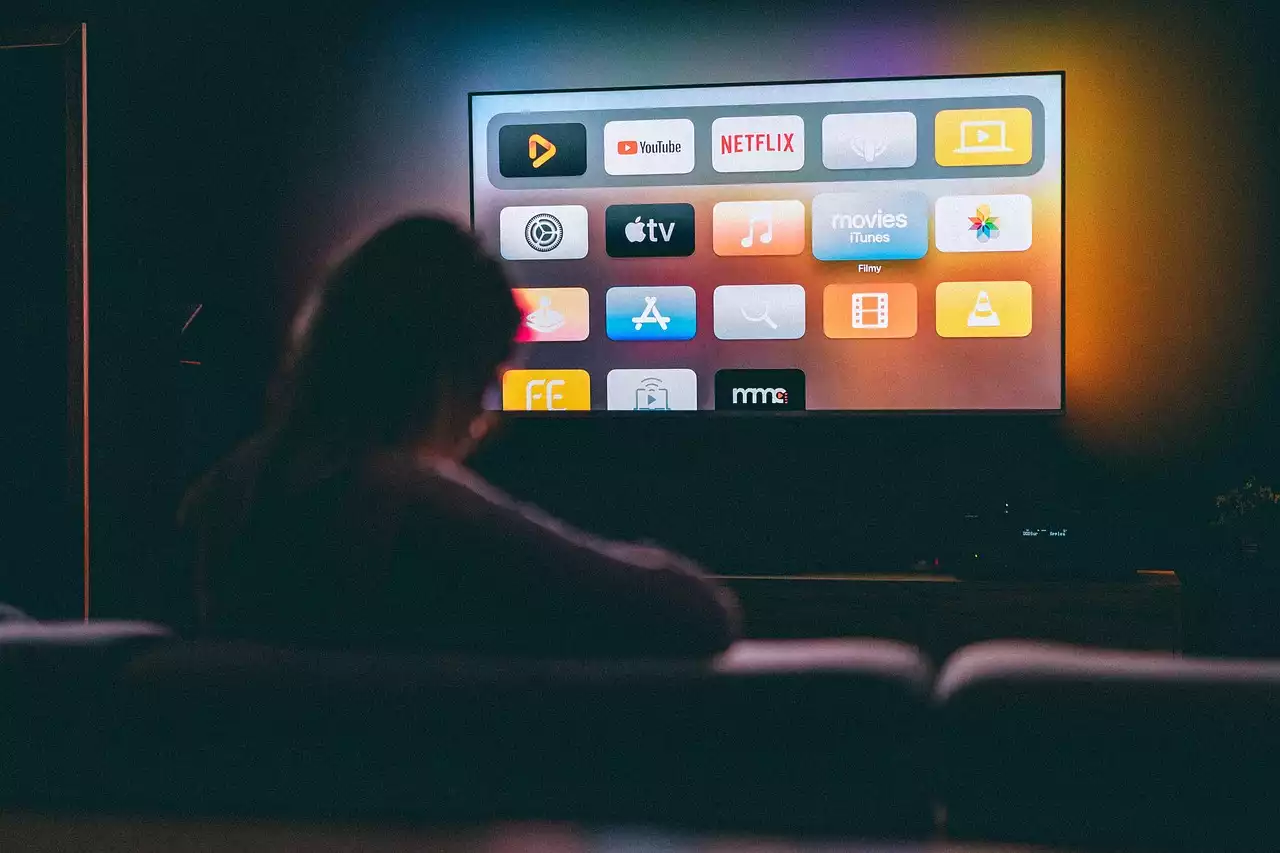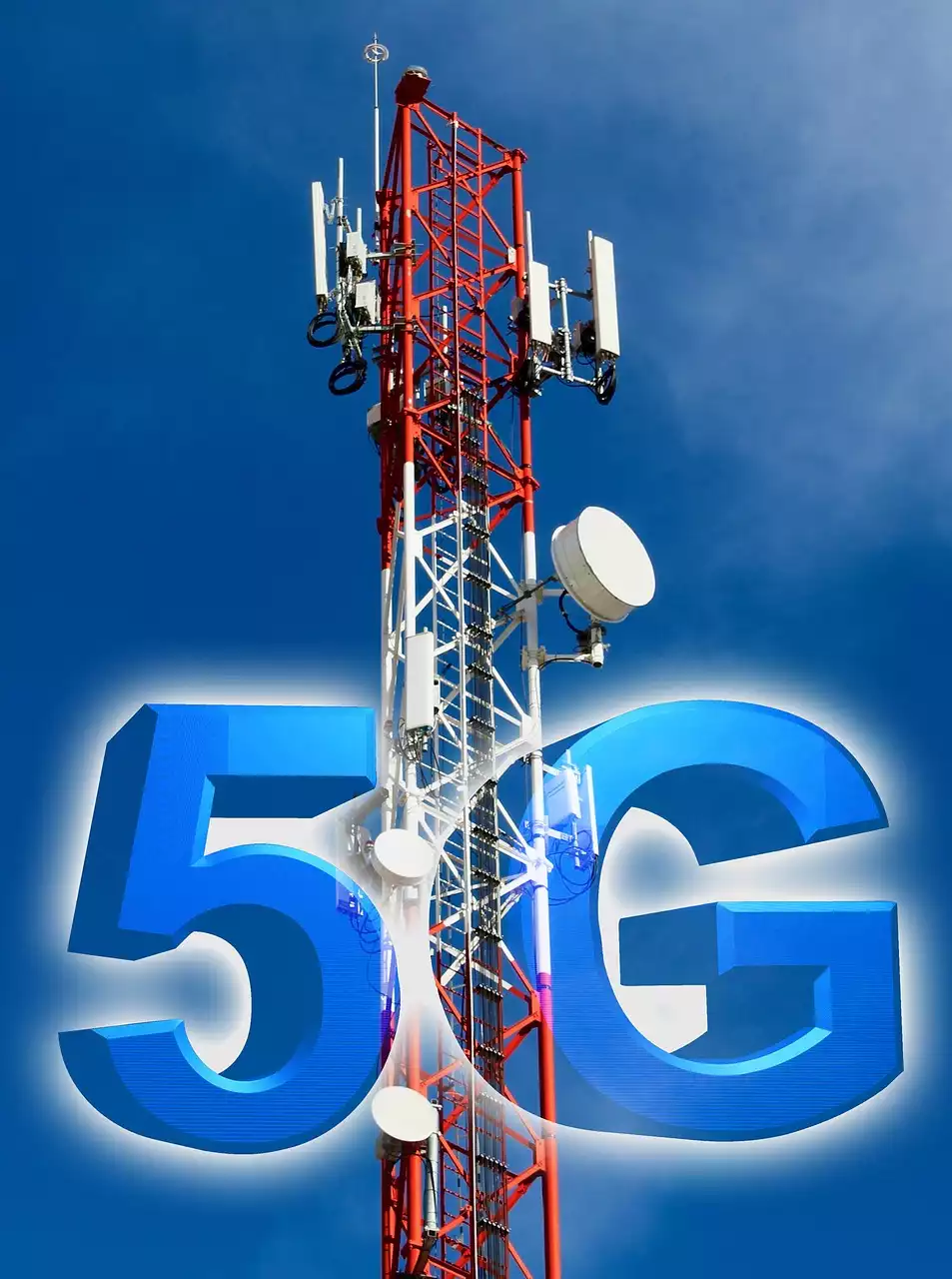The Rise of Video Marketing
Video marketing has become an essential part of any digital marketing strategy. It’s a powerful way to engage with customers, build brand awareness, and increase sales. The rise of video marketing has been driven by the increasing popularity of social media platforms like Facebook, Instagram, and YouTube. These platforms have made it easier for businesses to create and share videos with their audience. Video marketing can take many forms, from product demos to how-to videos, and live streaming is one of the most effective ways to connect with your audience in real-time.
Benefits of Using Live Streaming Platforms for Marketing
Live streaming offers many benefits for businesses looking to connect with their audience. One of the main advantages of live streaming is that it allows you to engage with your audience in real-time. This creates a sense of community around your brand and can help build brand loyalty. Live streaming is also a cost-effective way to create content. Unlike pre-recorded videos, live streaming doesn't require expensive equipment or editing software. Live streaming can also help businesses reach a larger audience. Many social media platforms prioritize live content, so live streams are more likely to be seen by your followers.
Comparison of Top 5 Live Streaming Platforms
Facebook Live
Facebook Live is one of the most popular live streaming platforms, with over 2 billion active users. It offers many features that make it a great option for businesses. One of the main advantages of Facebook Live is that it allows businesses to reach a large audience. Facebook prioritizes live content, so your live streams are more likely to be seen by your followers. Facebook Live also allows you to interact with your audience in real-time, which can help build brand loyalty.
However, there are also some limitations to Facebook Live. One of the biggest limitations is that it can be difficult to stand out in a crowded market. With so many businesses using Facebook Live, it can be hard to get noticed. Facebook Live also doesn't offer many customization options, so your live streams may look similar to other businesses.
Instagram Live
Instagram Live is another popular live streaming platform, with over 1 billion active users. It offers many features that make it a great option for businesses. One of the main advantages of Instagram Live is that it allows businesses to engage with their audience in real-time. This can help build brand loyalty and increase sales. Instagram Live also allows businesses to reach a large audience. Instagram prioritizes live content, so your live streams are more likely to be seen by your followers.
However, there are also some limitations to Instagram Live. One of the biggest limitations is that it can be difficult to stand out in a crowded market. With so many businesses using Instagram Live, it can be hard to get noticed. Instagram Live also doesn't offer many customization options, so your live streams may look similar to other businesses.
Brand new! Instagram Live (2 Readings)
YouTube Live
YouTube Live is one of the most popular live streaming platforms, with over 2 billion active users. It offers many features that make it a great option for businesses. One of the main advantages of YouTube Live is that it allows businesses to reach a large audience. YouTube is the second-largest search engine in the world, so your live streams are more likely to be seen by a larger audience. YouTube Live also allows businesses to monetize their content, which can help increase revenue.
However, there are also some limitations to YouTube Live. One of the biggest limitations is that it can be difficult to stand out in a crowded market. With so many businesses using YouTube Live, it can be hard to get noticed. YouTube Live also requires expensive equipment and editing software, which can be a barrier for smaller businesses.
Periscope
Periscope is a live streaming platform that is owned by Twitter. It offers many features that make it a great option for businesses. One of the main advantages of Periscope is that it allows businesses to reach a large audience. Periscope is integrated with Twitter, so your live streams are more likely to be seen by a larger audience. Periscope also allows businesses to interact with their audience in real-time, which can help build brand loyalty.
However, there are also some limitations to Periscope. One of the biggest limitations is that it can be difficult to stand out in a crowded market. With so many businesses using Periscope, it can be hard to get noticed. Periscope also doesn't offer many customization options, so your live streams may look similar to other businesses.
Twitch
Twitch is a live streaming platform that is primarily used for gaming content. However, it offers many features that make it a great option for businesses. One of the main advantages of Twitch is that it allows businesses to reach a large audience. Twitch has over 140 million active users, so your live streams are more likely to be seen by a larger audience. Twitch also allows businesses to monetize their content, which can help increase revenue.
However, there are also some limitations to Twitch. One of the biggest limitations is that it can be difficult to stand out in a crowded market. With so many businesses using Twitch, it can be hard to get noticed. Twitch is also primarily used for gaming content, so it may not be the best option for all businesses.
How to Use Live Streaming for Marketing
Live streaming can be used in many different ways for marketing. One of the most popular ways to use live streaming is for product demos. This allows businesses to showcase their products and answer questions in real-time. Live streaming can also be used for Q&A sessions, interviews, and behind-the-scenes content. These types of content can help build brand loyalty and increase engagement with your audience.
When using live streaming for marketing, it's important to have a plan. Make sure that you have a clear goal for your live stream and that you understand your audience. You should also promote your live stream ahead of time to ensure that you get as many viewers as possible.
Tips for Successful Live Streaming
1. Have a clear goal for your live stream.
2. Promote your live stream ahead of time.
3. Interact with your audience in real-time.
4. Use high-quality equipment and lighting.
5. Be authentic and engaging.
Examples of Successful Live Streaming Campaigns
1. Sephora: The beauty retailer used Facebook Live to showcase its new products and answer questions from customers.
2. General Electric: The company used Periscope to give viewers a behind-the-scenes look at its manufacturing process.
3. Adidas: The sports brand used Instagram Live to showcase its new products and engage with its audience.
Future of Video Marketing and Live Streaming
The future of video marketing and live streaming looks bright. As social media platforms continue to prioritize live content, businesses will have more opportunities to engage with their audience in real-time. Live streaming also offers a cost-effective way to create content, which can help smaller businesses compete with larger ones.








.png?size=50)

.png?size=50)